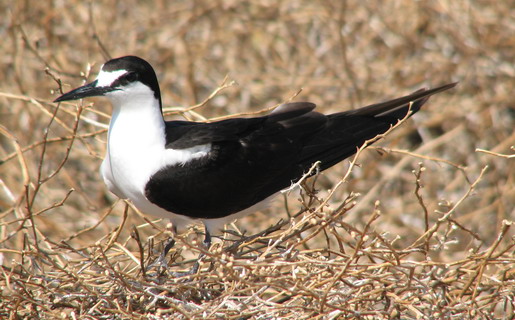
Sterna fuscata
SUBFAMILY
Sterninae
TAXONOMY
Sterna fuscata Linnaeus, 1766, Santo Domingo. Eight subspecies
are recognized.
OTHER COMMON NAMES
English: Wideawake tern; French: Sterne Fuligineuse; German:
RuЯseeschwalbe; Spanish: Charrбn Sombrio.
PHYSICAL CHARACTERISTICS
14–18 in (36–45 cm), 0.3–0.5 lb (147–240 g). Small, distinctive
black and white tern with long wings and tail. Black above,
white below, white forehead with black line from bill to eye,
deeply forked tail. Nonbreeding adult has variable white
feather fringes above. Juvenile is blackish brown above, finely
vermiculated and spotted with white, and gray-brown below.
DISTRIBUTION
Breeds on oceanic islands in subtropical to tropical regions,
winters in oceans, rarely comes to land except to breed. Young
spend many years at sea before reaching breeding age.
HABITAT
Breeds on oceanic and barrier islands on sand, coral, rock and
artificial islands. Usually nests in open habitats, although it
may nest near vegetation, particularly in the Caribbean. Winters
in tropical and subtropical waters, pantropical, largely absent
from cold waters.
BEHAVIOR
Remains at sea until breeding; does not land on water. Diurnal;
territorial during the breeding season but has very small territories
20 in (50 cm) apart. Not very wary of humans and will often
remain on nests with a person only 3–5 ft (0.9–1.5 m) away.
FEEDING ECOLOGY AND DIET
Feeds mainly on fish and squid; also eats crustaceans, insects,
and infrequently offal. Feeds mainly by aerial dipping or contact
dipping, but occasionally by plunge-diving.
REPRODUCTIVE BIOLOGY
Breeds in very large colonies, usually of 10,000 or more, often
with other gulls and terns. Monogamous; both members of the
pair defend nest, incubate the eggs, and care for the chicks.
Breeds all year in some places but seasonal in others. Lays one
egg (rarely two). Incubation period 26–33 days. Fledging period
about 60 days (chicks grow slower than most Sterna
chicks). Breeds at six to eight years; remains at sea from fledging
until breeding.
CONSERVATION STATUS
Not threatened. One of the most abundant seabirds, with several
colonies of over a million birds each. Exposed to predation,
tick infestations, egging, and oil pollution, as well as
low-flying jets.
SIGNIFICANCE TO HUMANS
Sooty terns are still egged in some parts of the world.
Other popular Animals
Photo Gallery of - Sooty tern
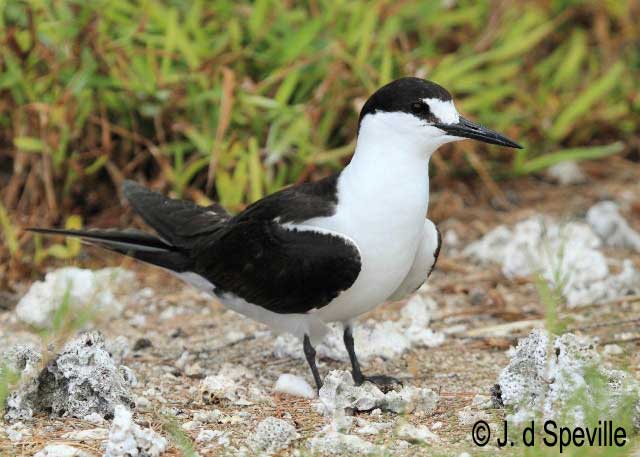
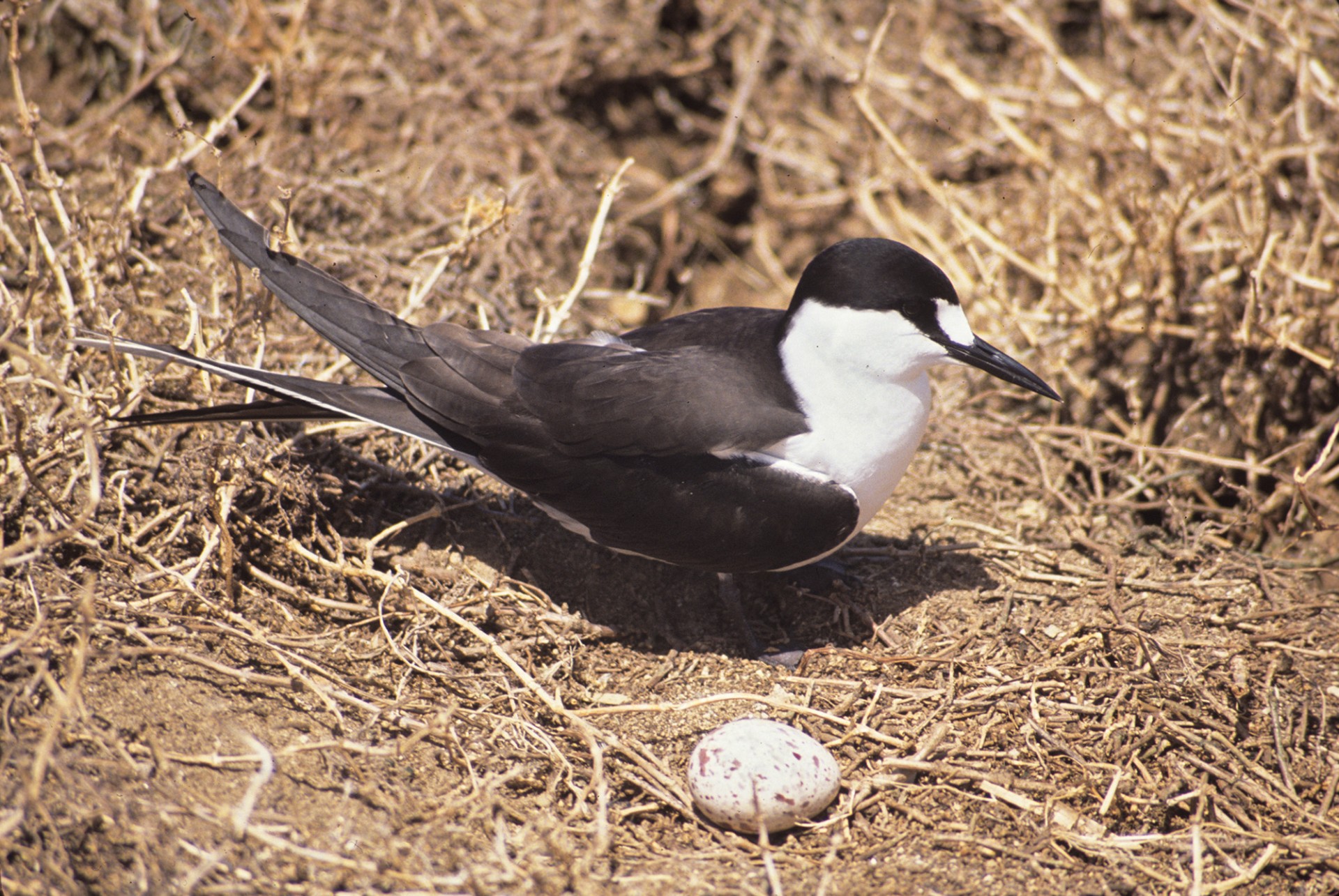
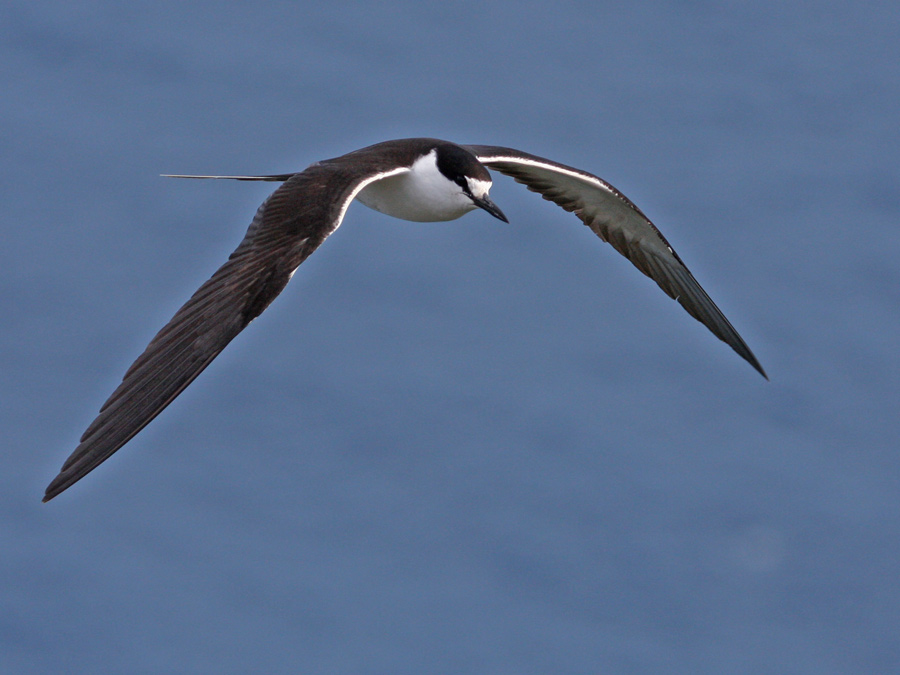
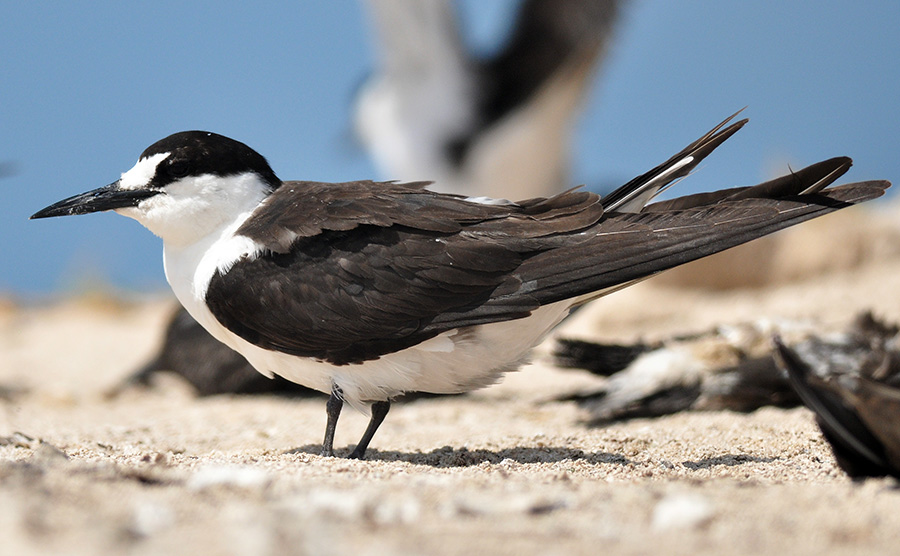
 Animalia Life
Animalia Life